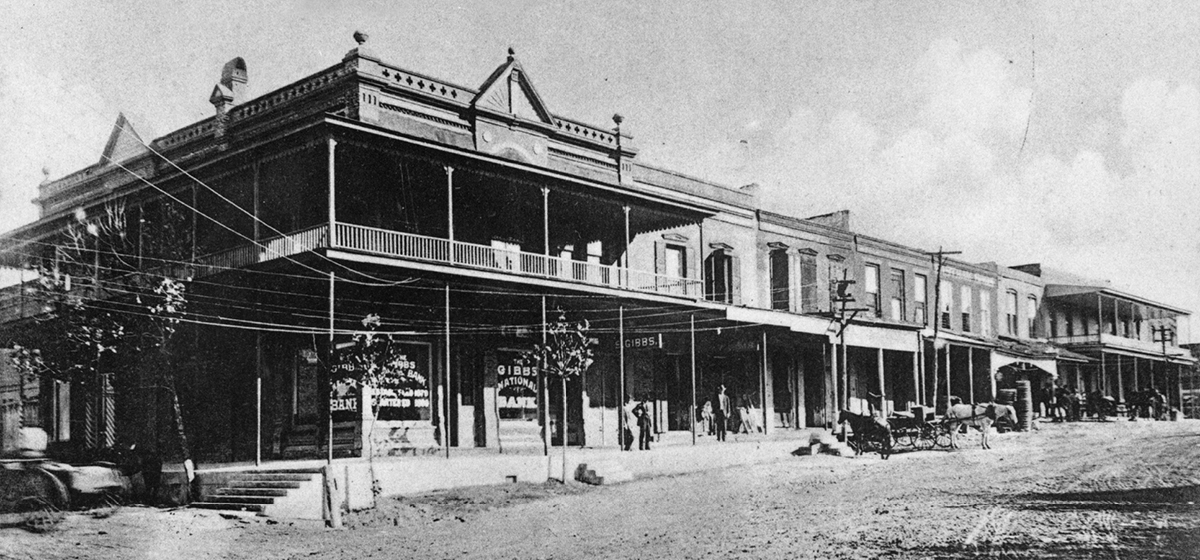On December 1, 1941, under titles 10 and 36 of the United States Code, the Congress of the United States issued a federal charter outlining the mission, authority, and activities of the Civil Air Patrol (or CAP, for short). At the time, no one knew the tragic events that would begin on December 7th with the Japanese bombing of Pearl Harbor, which plunged America into four years of armed conflict.
Unknown to many, the Civil Air Patrol during World War II was an effective way to take advantage of America’s civilian aviation resources to aid the war effort. This organization conducted patrols of United States borders, anti-submarine patrols, and courier services. It was reported that the Civil Air Patrol helped to sink two enemy U-boats. By the war’s end, 64 brave members of the Civil Air Patrol gave their lives in the defense of this nation. After the war, a grateful nation understood that Civil Air Patrol could continue providing valuable services to both local and national agencies.

Today, as an official auxiliary of the United States Air Force, young men and women carry on this tradition at the Bruce Brothers Regional Airport in Huntsville, Texas as part of the 42177th Sam Houston Composite Squadron of the Civil Air Patrol, whose motto is “Service Above Self.” Under the command and mentorship of Commander Ambrose Krouse, the Civil Air Patrol program focuses on three main areas: Emergency Services, Aerospace Education, and Cadet Programs.
“It’s not all about flying,” said Ken Farris, former unit commander and Air Force fighter pilot. “Flying is a very important aspect, but older members like myself help civic-minded youth serve our community through learning to volunteer in the cadet program. They must meet military standards of dress and appearance and also have the privilege of wearing the uniform of the United States Air Force.”

Cadets may learn survival training or astronomy and, in some instances, flight training as well. Every year, the cadets may participate in special activities at the state/regional level as well as the national level, with many assisting at national air shows around the country. As an extension of its World War II roots, the Huntsville chapter of the Civil Air Patrol also offers operational missions in emergency services.


Aerospace education helps focus on Civil Air Patrol members as well as the public in general. “We teach the value of teamwork in the constructing of model aircraft,” said Farris. “Our young people get the chance to fly these small aircraft through radio remote control. They also learn by the use of flying rockets and seeing science, technology, and engineering at work firsthand.” Members learn to truly appreciate the value of aerospace matters through the application of knowledge gained through hands-on experience. One of the requirements for advancement is that members must be a part of this vital educational component.

The Civil Air Patrol’s external aerospace programs are conducted through the educational system. Each year, Civil Air Patrol sponsors many workshops in states across the nation, reaching hundreds of educators and thousands of young people. These workshops highlight basic aerospace knowledge and focus on advances in aerospace technology. Civil Air Patrol aerospace education members receive more than 20 free aerospace education classroom materials.
For More Information: samhoustoncap.org


